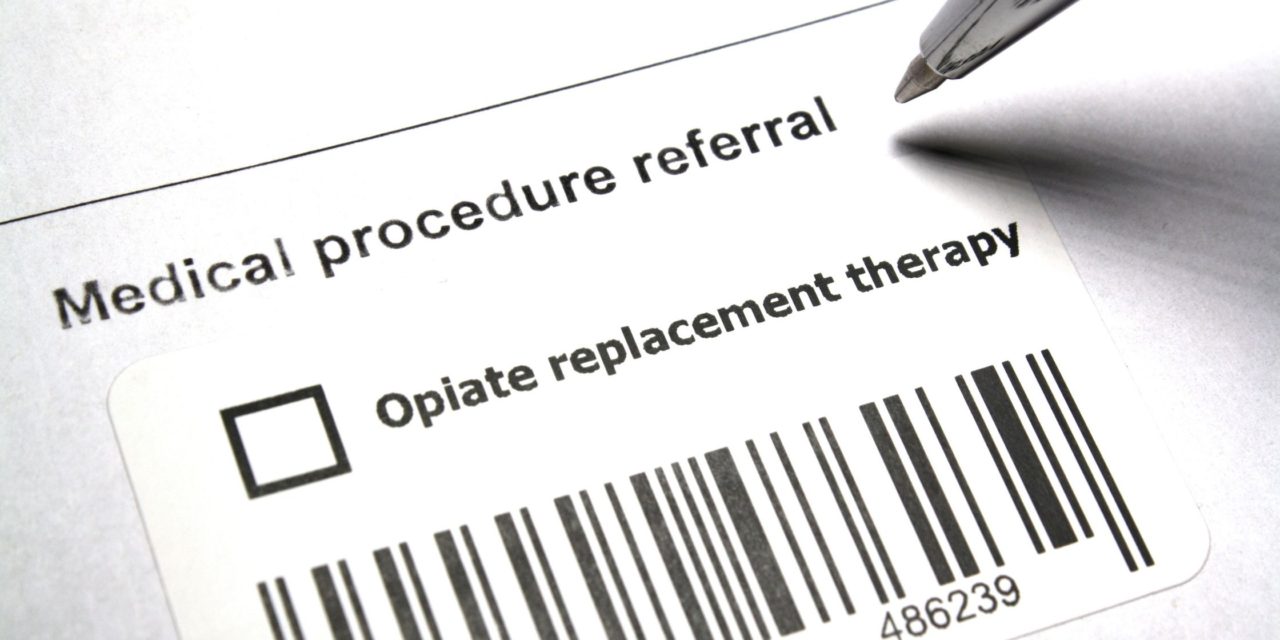A marvel of modern medicine, Suboxone is an FDA-approved medication used in the treatment of opioid addiction. This drug is a partial opioid which allows it to satisfy opioid receptors and thus, cravings, but without causing the habit-forming high. Despite Suboxone’s potential to be an invaluable asset during the recovery process (reducing cravings and lowering odds of relapsing), acquiring Suboxone can sometimes be a tricky endeavor. Learn the ins and outs of how to get Suboxone, everything from eligibility, to where to go, and cost.
How To Get Suboxone Treatment
The components that make Suboxone so effective are the same ones that make it a potential risk case. Buprenorphine, the active ingredient, is a partial opioid and carries overdose potential (it’s small, but still a possibility). As a direct result, Suboxone is a controlled substance (a Schedule III) that can only be obtained through specific channels.
Suboxone requires getting a prescription. This sounds easy enough, but these prescriptions can only be given by specially-licensed physicians—of which there is a very limited number within the United States. This is not a medication that can be obtained through an urgent care clinic or visit your primary physician. The easiest way to get Suboxone is through either an in- or outpatient opioid treatment program or finding a Suboxone clinic.
How To Qualify for Suboxone Treatment
Individuals must meet certain criteria in order to qualify for a Suboxone prescription. Due to its pharmacological makeup, Suboxone users cannot be actively using other opioids which could quickly become dangerous. As such, they must already be undergoing opioid withdrawal and exhibiting 5-6 symptoms on the Clinical Opiate Withdrawal Scale. These symptoms typically occur 24-48 hours after last use but can vary depending on the user’s opioid of choice.
Fentanyl and OxyContin are long-action opioids that stay in the body for a long period of time and will therefore take more time to pass before the body begins experiencing withdrawal. Heroin and oxycodone are examples of short-acting opioids, and these users could be eligible for Suboxone in as little as 12 hours after the last use. It’s vital that patients are completely honest about the type of opioid(s) used and how recently they were used. Failure to provide accurate information could result in individuals experiencing major discomfort rather than relief from cravings.
How To Get Suboxone Prescribed To You: Finding a Provider
The first order of getting a Suboxone prescription is finding a Suboxone provider–this is often the most challenging hurdle of the process. Before the MAT Act, there were strict regulations as to who can prescribe and distribute this medication. Physicians must complete many hours of additional training to be certified, and then go on to be registered and approved by the DEA.
The most cumbersome caveat, however, is that the physicians who do jump through all those hoops are then limited to having 100 Suboxone patients each. It’s important then, not only to find a Suboxone provider near you but to verify that they’re accepting new patients. The implementation of the MAT Act has made accessibility for patients seeking treatment much easier. To learn more about the impact, challenges, and future of addiction treatment under the MAT Act, click here.
It’s important to note that in addition to meeting the eligibility criteria, new patients will often require at least one in-person visit for the initial consultation. Virtual appointments are increasingly being offered and can help improve accessibility. Additionally, some providers require patients to undergo random drug testing which could necessitate even more in-person visits to the provider.
Helpful Questions To Ask A Potential Provider:
- How often are in-person appointments required? Do they offer virtual appointments?
- Is random drug testing required? How frequently is it conducted?
- Do they accept your insurance? Will they help you with authorization forms that your provider might require?
- Are patients required to be enrolled in a drug treatment program?
How To Get Suboxone Without Insurance
The average cost of a Suboxone treatment with the average dosage (8 milligrams) is around $300 a month. These costs can vary based on a number of factors, including location, the form of the medication (it’s available as a sublingual film or a tablet), and the dosage. However, many major insurance companies provide coverage for brand name Suboxone or the generic buprenorphine/naloxone equivalent, such as:
- UnitedHealthcare
- Kaiser Foundation
- Humana
- Cigna Health
- Blue Cross Blue Shield
- Aetna
- Centene Corp.
- Molina Healthcare
- WellCare Health Plans
- CVS Health
If you’re one of the 28 million Americans who don’t have health insurance, there are options to make a Suboxone prescription more affordable. Some pharmacies, government programs, and even the Suboxone manufacturer offer ways to obtain this medication at a discounted price, or possibly even for free. The most reliable way to lower costs is to ask for the generic version rather than name brand.

